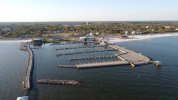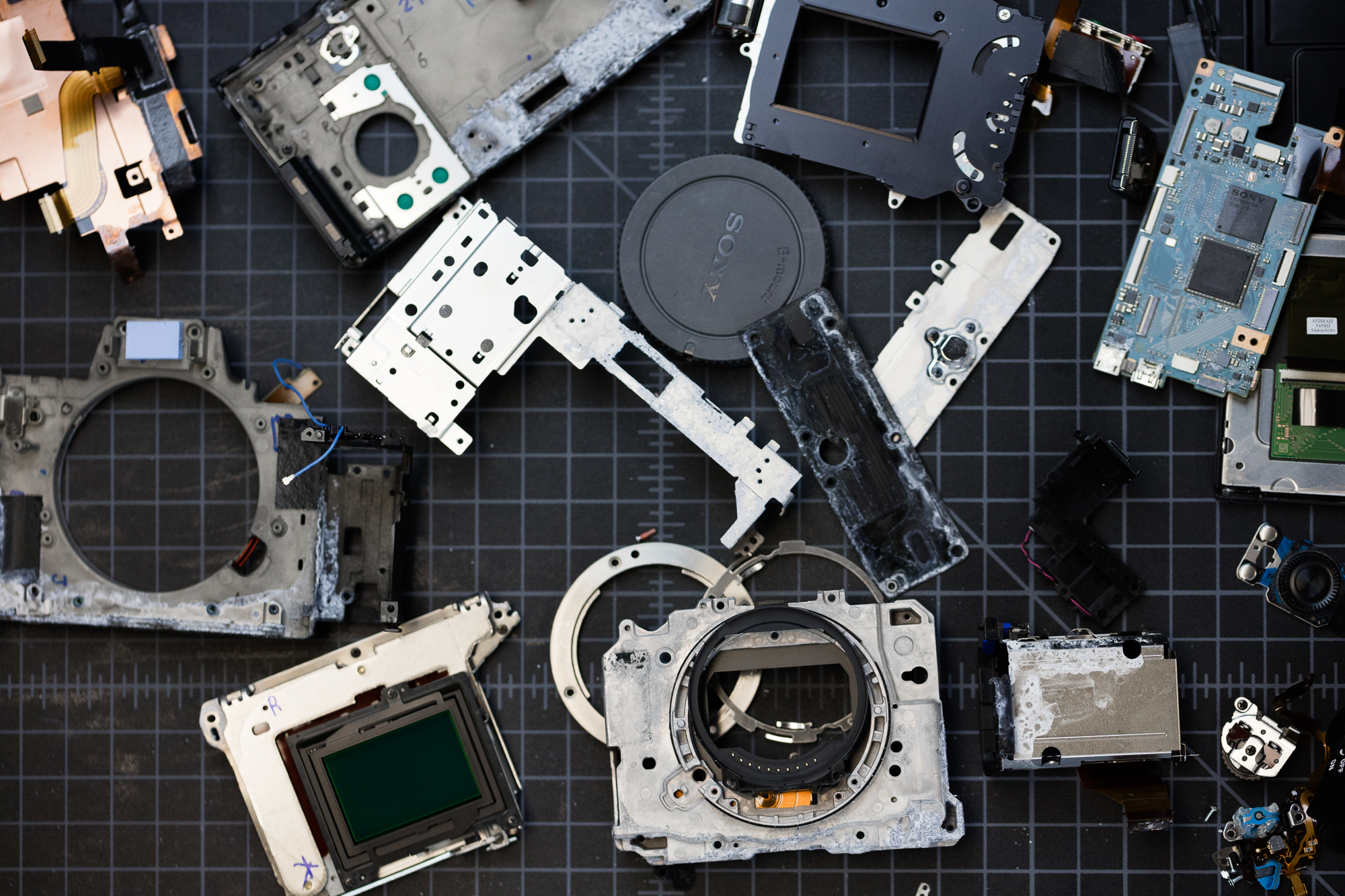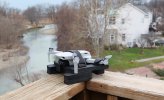I must put this story out because I swear I thought it was "curtains" for my MAVIC MINI. I live on the gulf coast of Mississippi. We are on the Gulf of Mexico. I fly my drone most of the time over water with no issues ever. Our water is not clear or highly reflective because of our barrier islands that block this type of water. The saltwater has a brown tint to it so the MAVIC MINI does not have issues. What happened was a pilot error (me) and I almost had a heart attack. I fly my drone through different harbors along the coast and fly in between shrimp boats from time to time. Unfortunately, I made a critical error and my drone plunged into the harbor. I freaked out and wet to the area where it fell into the water. I even dove in after it, however, the waters in the harbor are both deep and murky. You cannot see an inch past your face. The harbormaster gave me a name of a diver that said he could go for it the next day...
So the next day I met the diver. This was what I did that probably saved my drone, in this order. I had read about freshwater drownings of MAVIC and possible regaining a working drone. But could not find anything positive about saltwater crashes. So what I did was get two large 5-gallon buckets of fresh water. When the diver finally found the drone. (submerged for 15 hours) I immediately submerged the MINI in the first bucket. I had muck and sand all over it and the diver said he kept mistaking blue crabs for the drone because they were all around it. After 2 minutes of shaking the drone in the 1 st bucket, I placed it in a second bucket. I shook it again as the sand and muck seemed to be coming out of the fuselage. Then I pulled her out and rinsed her again with fresh water. The next thing I did was drowned her again in isopropyl alcohol making sure every component visible was exposed to alcohol. Finally, the last thing I did was buy a 16-pound bag of rice, put the drone in the middle of the bag, sucked as much air out as possible, and re-sealed the bag. Then I waited.
The diver cost me $85. I had heard that the batteries are fried and junked after water exposure. This battery, when I opened it, looked like it had been under water for 30 years. Completely destroyed. This left me not so sure the drone would make it. However, after a full 24 hours, I took her out of the rice. Threw a fresh battery in it. And fired it up. That was 2 months ago. This drone didn't even miss a beat and has performed exactly as it did the very day I bought it. In fact, I have a fleet of drones, and this one is my favorite.
So, in summary, a MAVIC MINI can survive overnight in saltwater, if following this procedure. I am sure there are many procedures that work, but this one for sure brought my MINI from death.
So the next day I met the diver. This was what I did that probably saved my drone, in this order. I had read about freshwater drownings of MAVIC and possible regaining a working drone. But could not find anything positive about saltwater crashes. So what I did was get two large 5-gallon buckets of fresh water. When the diver finally found the drone. (submerged for 15 hours) I immediately submerged the MINI in the first bucket. I had muck and sand all over it and the diver said he kept mistaking blue crabs for the drone because they were all around it. After 2 minutes of shaking the drone in the 1 st bucket, I placed it in a second bucket. I shook it again as the sand and muck seemed to be coming out of the fuselage. Then I pulled her out and rinsed her again with fresh water. The next thing I did was drowned her again in isopropyl alcohol making sure every component visible was exposed to alcohol. Finally, the last thing I did was buy a 16-pound bag of rice, put the drone in the middle of the bag, sucked as much air out as possible, and re-sealed the bag. Then I waited.
The diver cost me $85. I had heard that the batteries are fried and junked after water exposure. This battery, when I opened it, looked like it had been under water for 30 years. Completely destroyed. This left me not so sure the drone would make it. However, after a full 24 hours, I took her out of the rice. Threw a fresh battery in it. And fired it up. That was 2 months ago. This drone didn't even miss a beat and has performed exactly as it did the very day I bought it. In fact, I have a fleet of drones, and this one is my favorite.
So, in summary, a MAVIC MINI can survive overnight in saltwater, if following this procedure. I am sure there are many procedures that work, but this one for sure brought my MINI from death.














